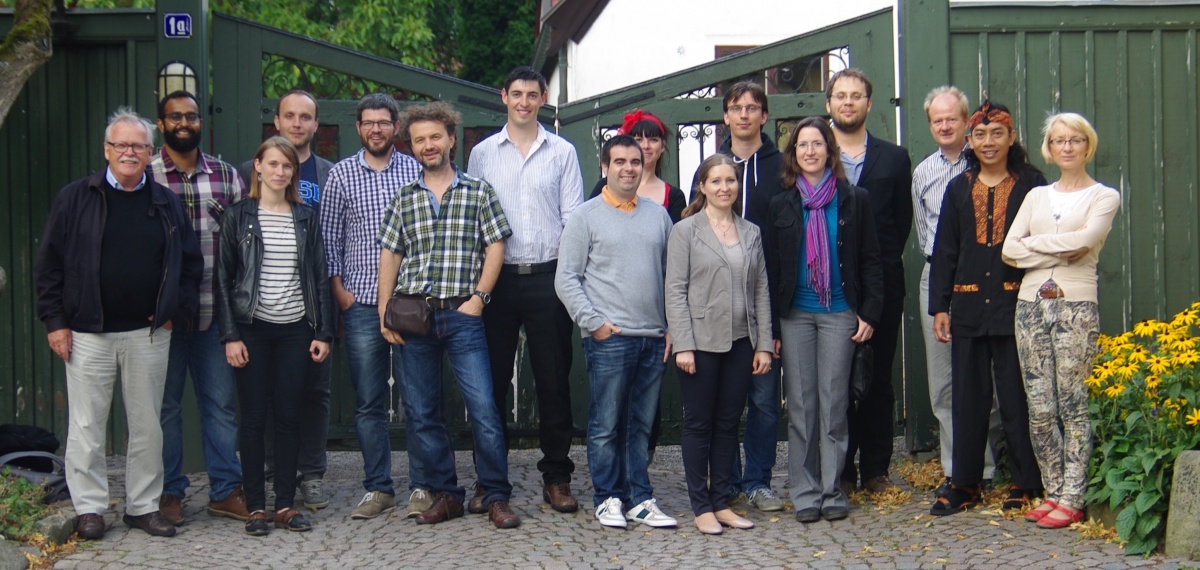Published on Thu, 2015-09-17 09:16
The course was given by the Centre for Economic Demography (CED) and the Department of Physical Geography and Ecosystem Science (INES), both part of Lund University. The course attracted 16 participants from 9 countries. Lecturers were Tommy Bengtsson (CED), Lars Harrie (INES), Luciana Quaranta (CED) and Patrick Svensson (CED); Finn Hedefalk (INES) and Lina Eklund (INES) assisted during exercises and project.
The course examined theories and methods to add the geographic context to demographic analysis. The course introduced two topics. The first topic was a general introduction to geographic information systems (GIS) and more specialized theoretical and practical parts of how GIS can be used in demographic analyses. The second topic was theories and methods to conduct mortality studies using longitudinal historical individual-level demographic data.
The course involved reading in advance for participants. Students then actively participated in discussing the central topics, as well as conducting lab exercises. The course concluded with a project where the students worked in groups, preparing a work which covered both course topics. In the project the students used micro-level individual data from the Scanian Economic Demographic Database (SEDD) database as well as historical and modern geographic data over the same area.
The course was financed by the eSSENCE project, EHPS-network and the CED Research School in Economic Demography.

Some of the lecturers and students at the CED Summer Course 2015.
